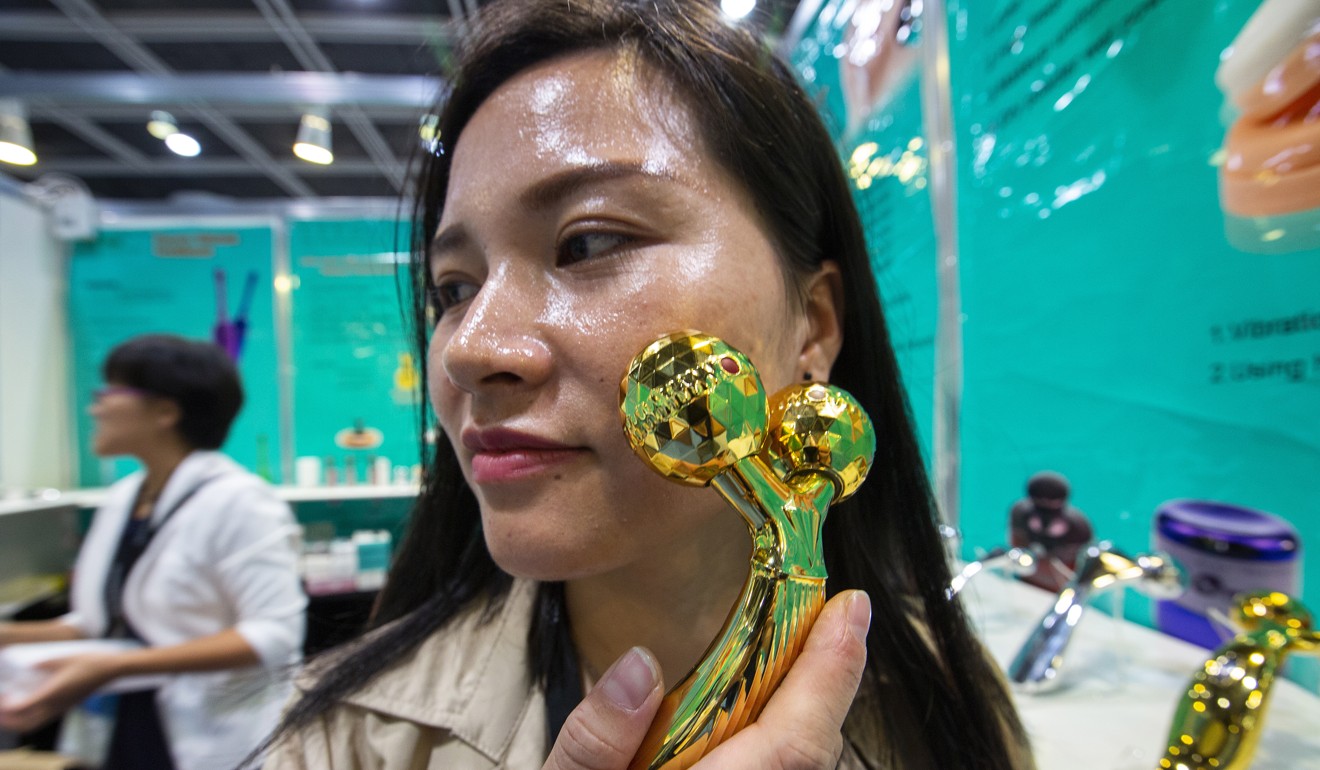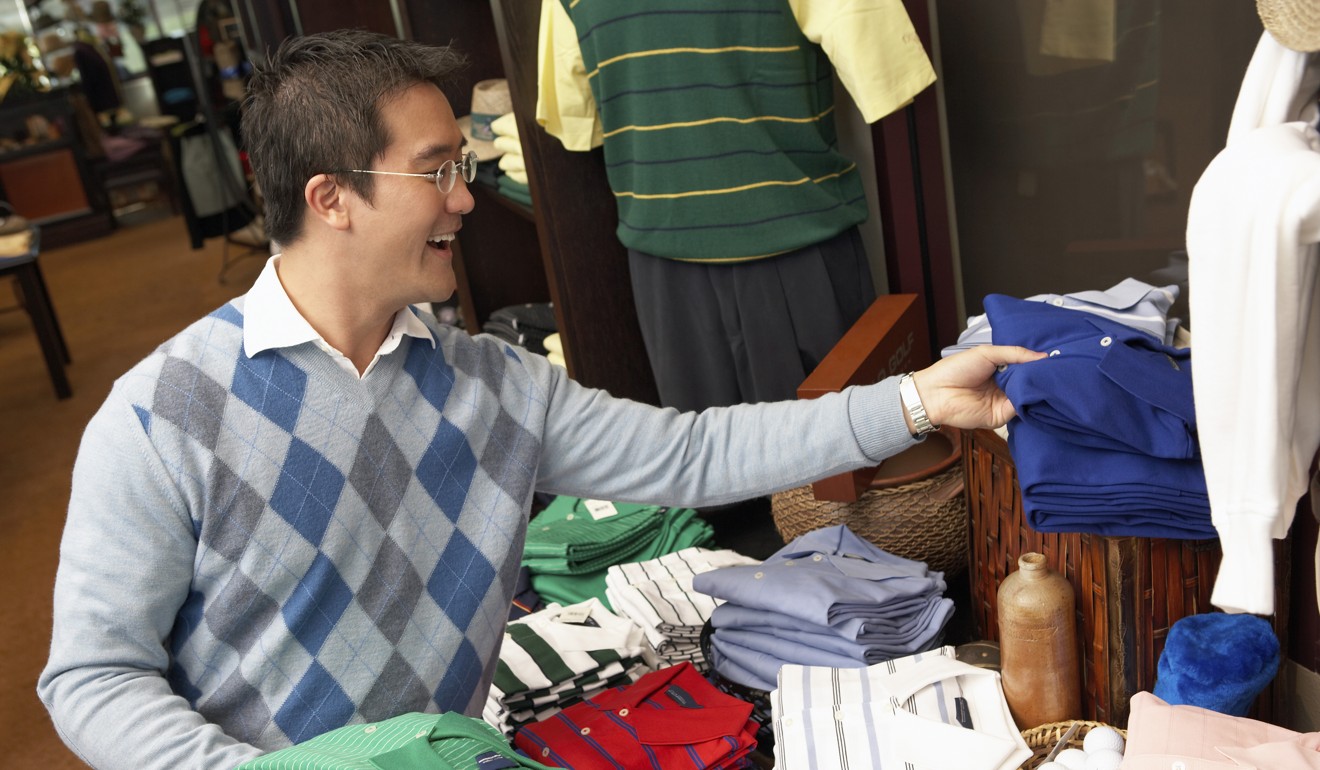
What US and Chinese shoppers bought on Black Friday and Singles’ Day – pet food, air fryers and face massagers
- Singles’ Day in China and the weekend from Black Friday to Cyber Monday in the US are watched closely as barometers of consumption in their respective markets
- Chinese consumers splurged on their pets and hi-tech skincare tools, while US consumers spent heavily on gifts, particularly toys and electronics
The year-end period is an eventful one for shoppers in two of the largest consumer markets in the world.
The same month, consumers in the US have been known to elbow each other and even get into fights in their attempts to grab heavily discounted flat-screen televisions or Xbox gaming consoles during the Black Friday shopping frenzy, the day after Thanksgiving.
The buying spree extends to the Monday after, known as Cyber Monday, when e-commerce platforms like Amazon as well as the online platforms of bricks-and-mortar retailers such as Walmart and Target typically offer steep discounts. This year, consumers in the US spent nearly US$17 billion online in total during Black Friday and Cyber Monday sales.
Market watchers often use sales trends and spending during these mega shopping festivals as barometers of consumption in the US and China, while retailers use them as an opportunity to analyse the items in consumers’ shopping trolleys and understand what shoppers want. Chinese e-commerce platforms like Alibaba and JD.com, in particular, often work with brands to reverse-engineer products that customers will want to purchase using shopping data.
Why Singles’ Day and Black Friday shopping differ so much
That data has thrown up some interesting trends regarding the online shopping behaviour of US and Chinese consumers. Here are the ones that caught our eye.
Chinese consumers are splurging on their pets
Female shoppers in big Chinese cities such as Beijing and Shanghai splurged on their pets on Alibaba’s online platforms amid a booming pet ownership market in the country.
At one point during Singles’ Day, pet food was the top imported product – surpassing even imported milk powder for infants.

Americans spend more on gifts than anything else during Thanksgiving weekend
Much of the shopping in the US from Thanksgiving to Cyber Monday is driven by the upcoming holiday season, as shoppers stock up on gifts for loved ones.
This accounted for about 70 per cent of US shoppers’ expenditure on holiday items over the five-day sales period, according to data from the National Retail Federation and Prosper Insights & Analytics.
Top gift purchases over the weekend included apparel, toys, electronics and gift cards.

Hi-tech skincare devices – including face massagers – are gaining popularity in China
Alibaba’s import e-commerce platform Kaola and business-to-consumer site Tmall both identified hi-tech beauty products as one of the hottest trends for Singles’ Day this year. These included electric face massagers and heated foot baths.

Americans like their toys … and air fryers?
The hottest products of Black Friday included Frozen 2 toys and Nerf guns by Hasbro, as well as video games such as FIFA 20 and Nintendo Switch, according to Adobe Analytics.
Air fryers, known as a healthier alternative to deep-frying frozen foods such as French fries and chicken wings, also featured among the top electronics along with Apple’s Airpods and Samsung TVs.

Chinese men are shopping more for clothes and skincare
Over Black Friday, Kaola saw growth in the sales of men’s shoes, apparel and bags in China far outpace the same categories for women. Skincare products for men were also popular, and there was a surge in demand for creams that lighten and even out the skin tone among this demographic.

Young shoppers are driving online spending in both countries
In the US, the biggest spenders were those aged 25-34, the demographic commonly known as millennials. They spent about US$440 on average on holiday items over the Thanksgiving weekend, compared to US$362 across age groups, according to the National Retail Federation and Prosper Insights & Analytics.
Among Chinese consumers, those born in 1995 and after were the largest demographic when it came to buying imported items on Alibaba’s Tmall. This was followed by millennials born in the 1980s and early 1990s, which totalled over half of all shoppers buying overseas products from the marketplace.
For more insights into China tech, sign up for our tech newsletters, subscribe to our award-winning Inside China Tech podcast, and download the comprehensive 2019 China Internet Report. Also roam China Tech City, an award-winning interactive digital map at our sister site Abacus.

